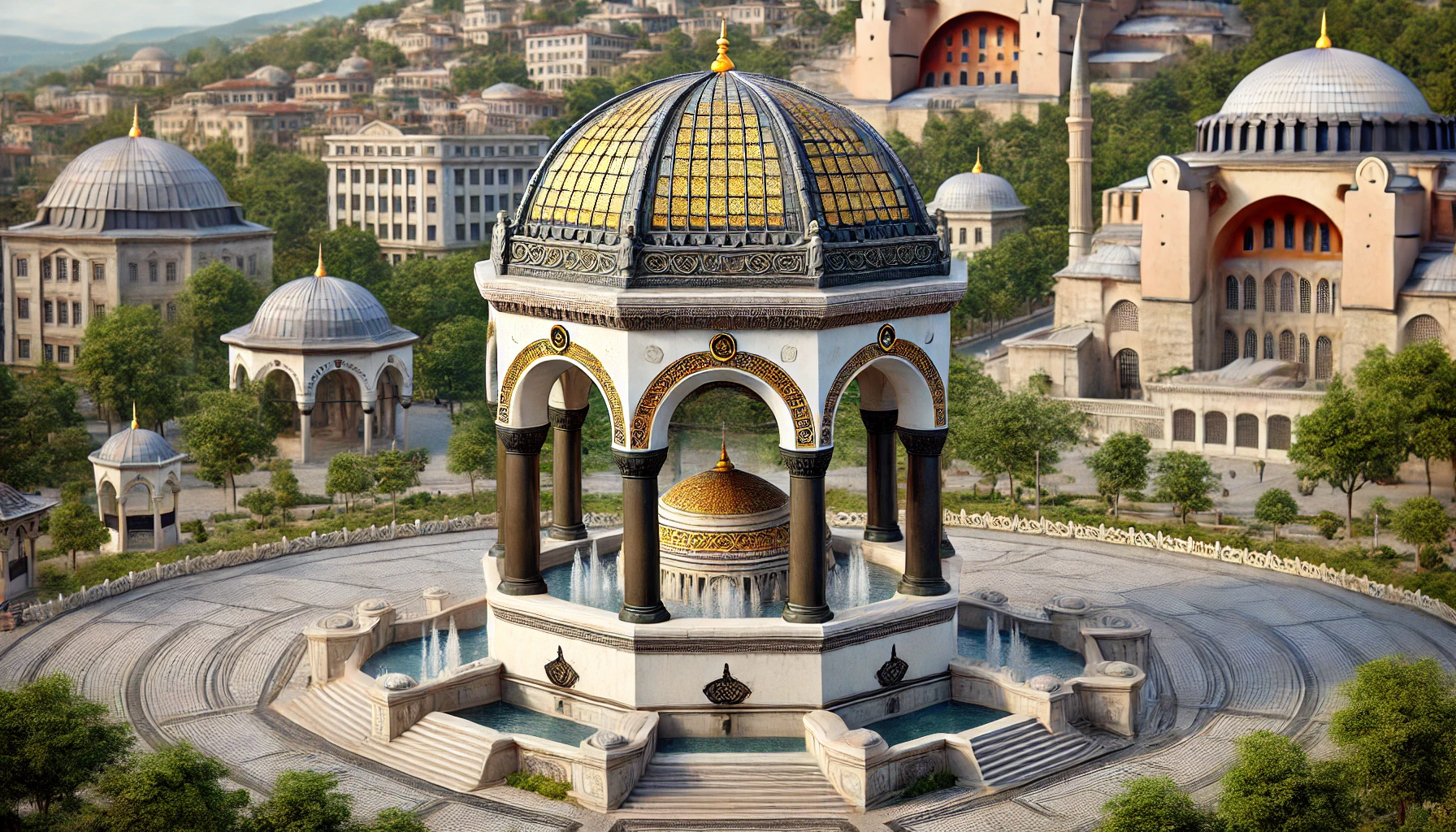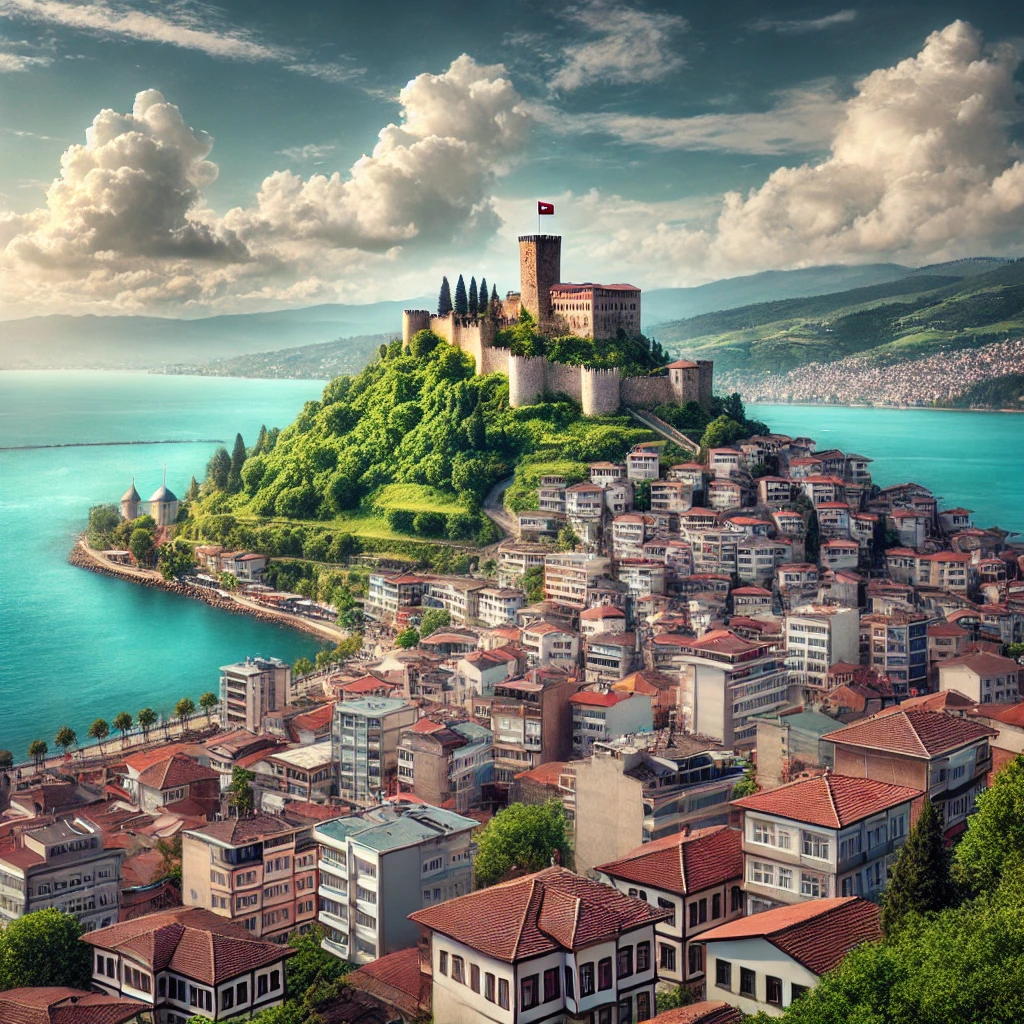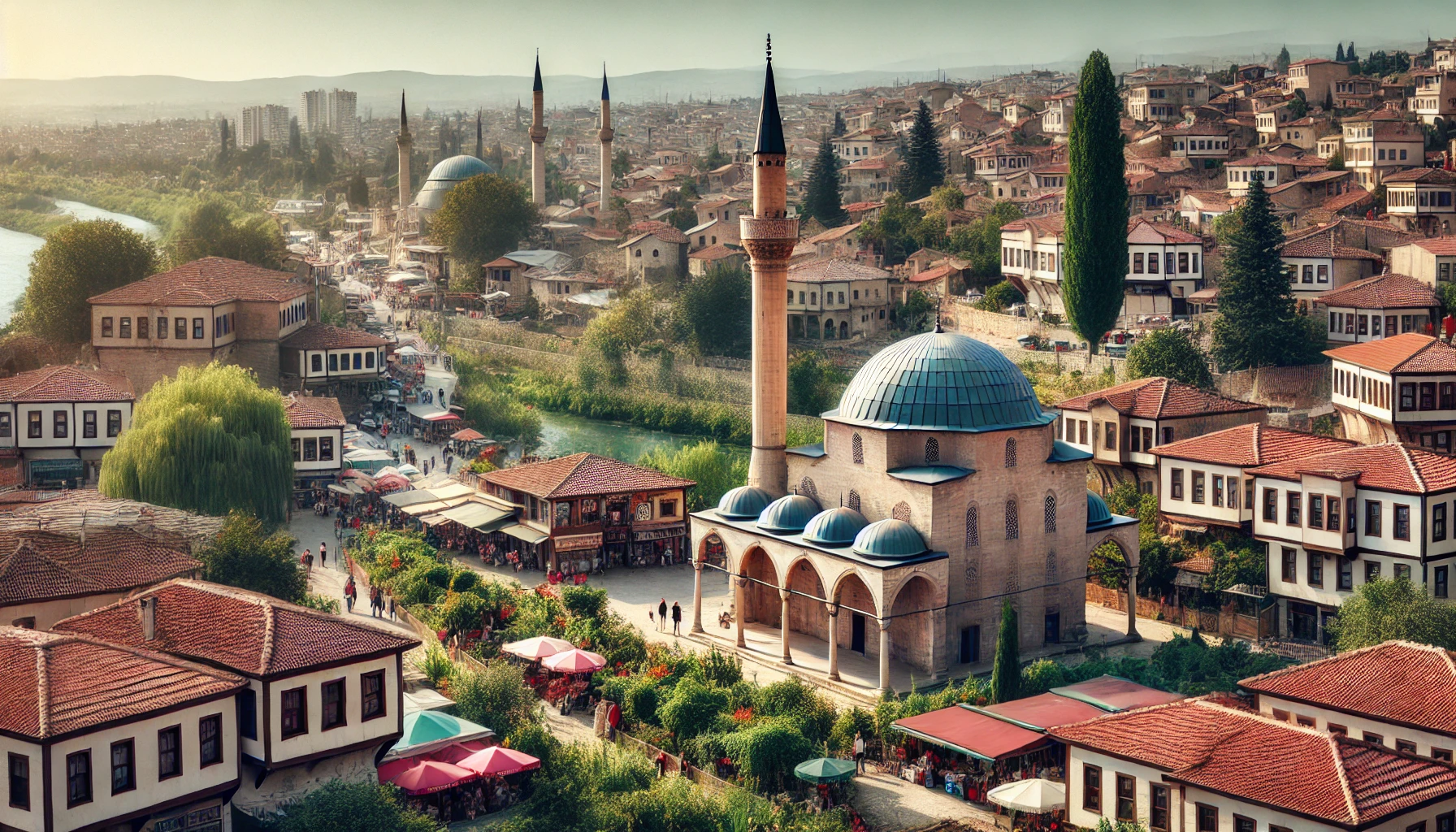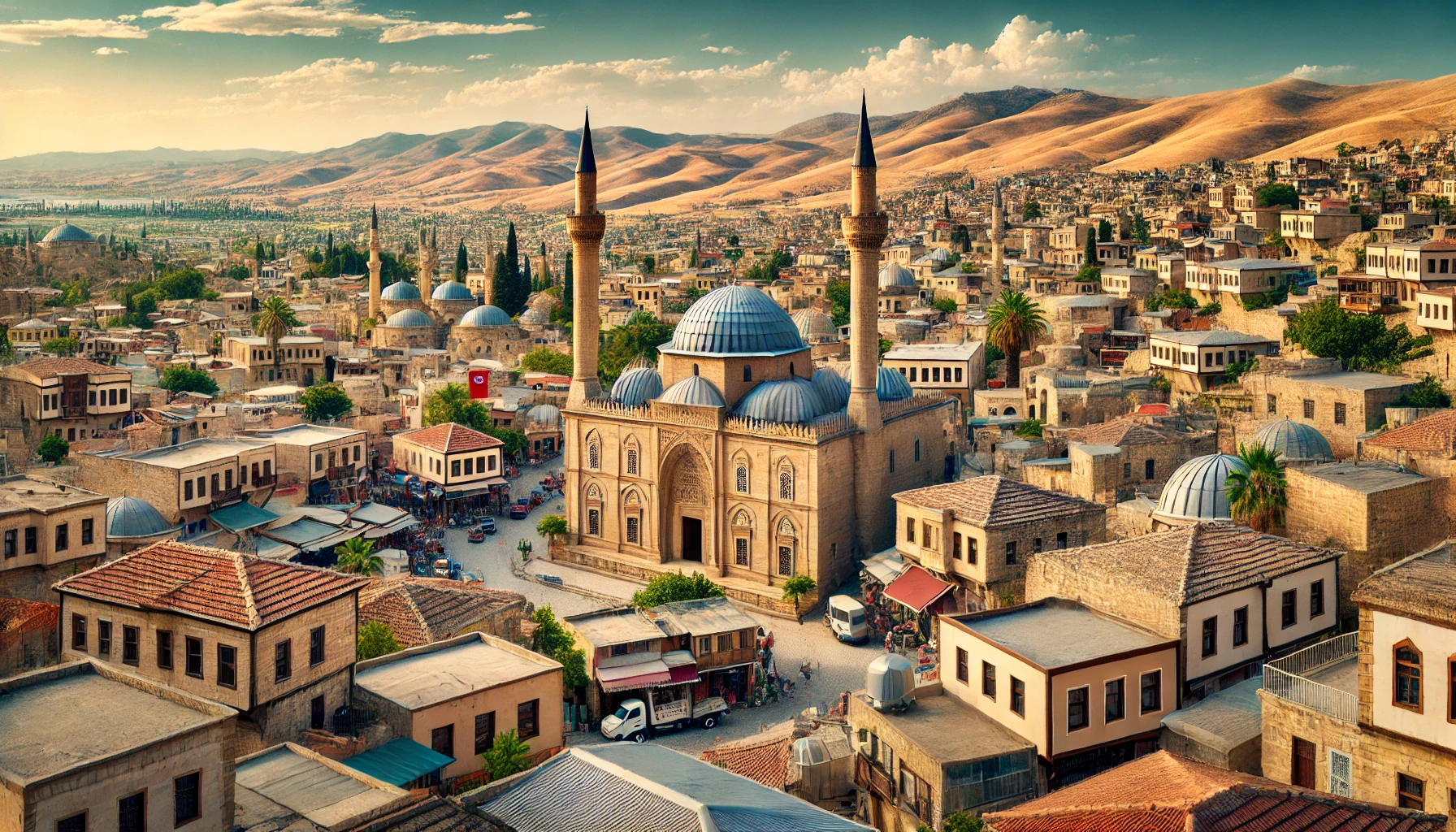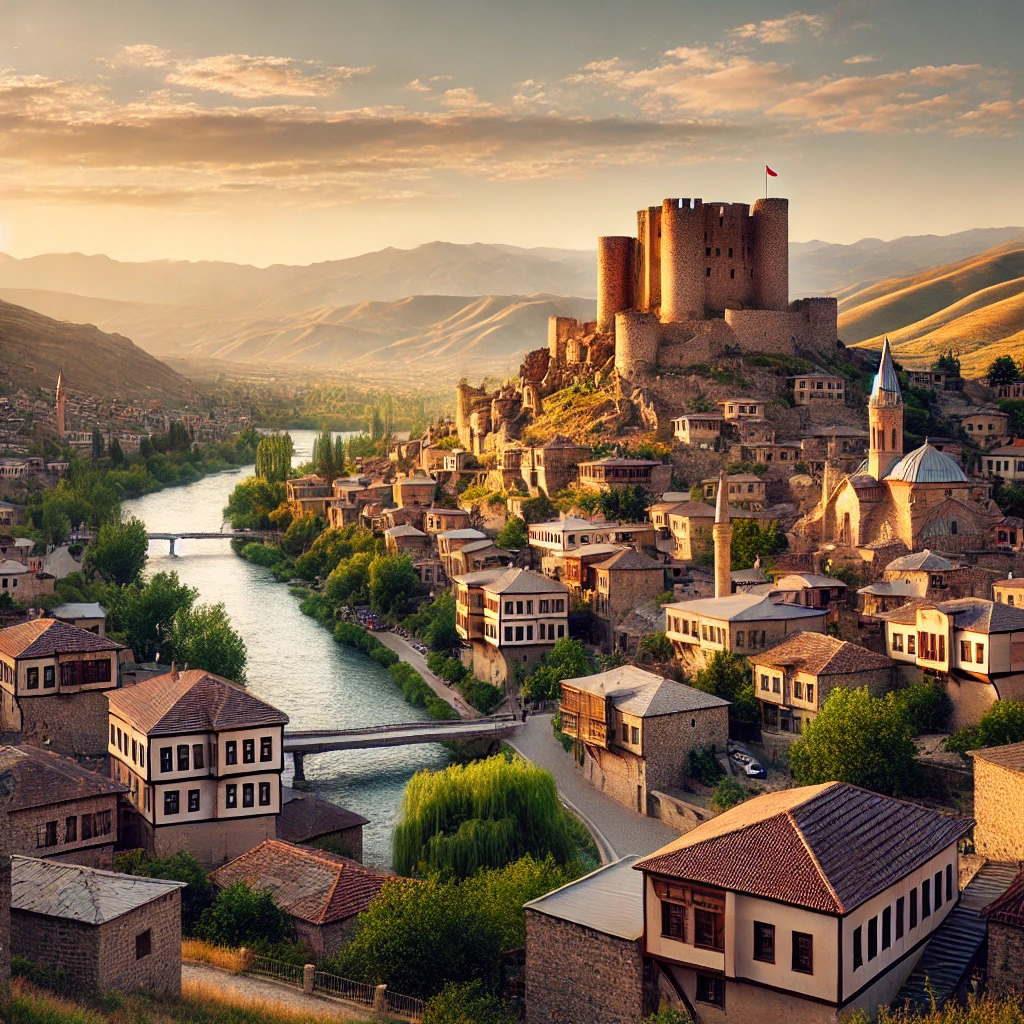German Fountain, Istanbul: A Historic Gem in Sultanahmet Square
The German Fountain (Turkish: Alman Çeşmesi; German: Deutscher Brunnen) is a striking historical landmark in Istanbul, located at the northern end of the old Hippodrome, now known as Sultanahmet Square. This gazebo-styled fountain was constructed to commemorate the second anniversary of German Emperor Wilhelm II’s visit to Istanbul in 1898. It is an excellent example of neo-Byzantine architecture and symbolizes the historical ties between Germany and the Ottoman Empire. This article delves into the history, architectural beauty, and cultural significance of the German Fountain, offering a captivating read for travel enthusiasts and history buffs.
The Historical Significance of the German Fountain
Commemoration of Wilhelm II’s Visit
The German Fountain was constructed to mark the visit of German Emperor Wilhelm II and Empress Augusta to Istanbul in 1898. The Emperor’s visit was part of a broader diplomatic and strategic initiative aimed at strengthening ties with the Ottoman Empire. The construction of the fountain was a gesture of goodwill and a symbol of the burgeoning alliance between Germany and the Ottoman Empire.
Strategic Motives Behind the Visit
Wilhelm II’s visit to the Ottoman Empire was not merely ceremonial. It had significant strategic motivations, primarily centered around the construction of the Baghdad Railway, which aimed to connect Berlin with the Persian Gulf. This railway was envisioned as a means to facilitate German exports, military logistics, and potentially extend German influence into Asia. The Ottoman Empire, under Sultan Abdülhamid II, welcomed the railway project but remained cautious about German intentions, particularly regarding the region’s oil wealth.
Architectural Marvels of the German Fountain
Neo-Byzantine Design
The German Fountain is an exquisite example of neo-Byzantine architecture. Designed by architect Spitta and constructed by architect Schoele, with contributions from German architect Carlitzik and Italian architect Joseph Anthony, the fountain features an octagonal dome supported by eight marble columns. The interior of the dome is adorned with golden mosaics, adding to its majestic appearance.
Transportation and Assembly
Remarkably, the fountain was built in Germany and then transported piece by piece to Istanbul, where it was assembled at its current location in Sultanahmet Square. This meticulous process ensured that the fountain retained its structural integrity and artistic beauty during the relocation.
The Fountain’s Location and Historical Context
The Site of the Fountain
The German Fountain stands at a historically significant location in Istanbul, where the Great Palace of Constantinople’s Empire Lodge (Kathisma) is believed to have been situated. Alternatively, it is also thought to be the site of the Carceres Gates of the Hippodrome, which once held the Quadriga of Lysippos, a magnificent ancient statue.
The Bloody Plane Tree
Before the fountain’s construction, the site was home to a tree known as the Vakvak Tree or the Bloody Plane (Kanlı Çınar). This tree played a notorious role in the 1656 Janissary rebellion, where officials were executed and hung from its branches. The rebellion, known as Vak’a-i Vakvakiye, was eventually quelled by Boynuyaralı Mehmed Pasha, who later became the Grand Vizier.
Architectural Details of the German Fountain
The Dome and Columns
The German Fountain features a bronze dome with intricate patterns, supported by eight porphyry columns. The dome’s interior is decorated with golden mosaics, which include the tughra (monogram) of Sultan Abdülhamid II and the symbol of Wilhelm II, signifying the political union between the Ottoman Empire and Germany.
Inscriptions and Decorations
The fountain is adorned with inscriptions in both German and Ottoman Turkish. The German inscription on the reservoir reads: “Wilhelm II Deutscher Kaiser stiftete diesen Brunnen in dankbarer Erinnerung an seinen Besuch bei Seiner Majestät dem Kaiser der Osmanen Abdul Hamid II im Herbst des Jahres 1898,” which translates to “German Kaiser Wilhelm II endowed this fountain, in thankful remembrance of his visit to the Ottoman Sultan Abdülhamid II in autumn of the year 1898.”
The Ottoman inscription, written by Hattat İzzet Efendi, is a poem by Ahmet Muhtar Bey, commemorating the construction of the fountain for Wilhelm II’s visit. These inscriptions highlight the diplomatic significance of the fountain and its role as a symbol of international friendship.
The German Fountain in Modern Times
Restoration and Preservation
The German Fountain has undergone several restorations to preserve its structural integrity and aesthetic beauty. These efforts ensure that the fountain remains a significant historical and cultural landmark in Istanbul, attracting tourists and locals alike.
Cultural Significance
Today, the German Fountain serves as a reminder of the historical ties between Germany and the Ottoman Empire. It stands as a testament to the diplomatic and strategic relationships that have shaped the history of Istanbul and the broader region. The fountain’s location in Sultanahmet Square, surrounded by other iconic landmarks such as the Blue Mosque and Hagia Sophia, makes it a central feature of Istanbul’s rich historical landscape.
Visiting the German Fountain
Accessibility and Tours
The German Fountain is easily accessible to visitors exploring Sultanahmet Square. Its central location makes it a perfect starting point for a historical tour of Istanbul. Guided tours often include the fountain as part of a broader exploration of the city’s historic sites.
A Symbol of Friendship
Visiting the German Fountain offers a unique opportunity to reflect on the historical connections between different cultures and nations. It is a symbol of the enduring relationships that have shaped the history of Istanbul and a reminder of the importance of international diplomacy.
Conclusion: Embrace the History of the German Fountain
The German Fountain in Istanbul is more than just a beautiful architectural structure; it is a symbol of historical ties, diplomatic efforts, and cultural heritage. Its intricate design, historical significance, and central location make it a must-visit landmark for anyone exploring Istanbul.
For more information on planning your visit to this historic landmark and exploring other fascinating destinations in Turkey, check out Travel Turkey. Embrace the history of the German Fountain and discover the wonders of Istanbul’s rich past and vibrant present.
Latest Update: Aug 5, 2024
Your Content Goes Here
TAGS: cultural heritage, German Fountain, historical landmarks, Istanbul, neo-Byzantine architecture, Ottoman Empire, Sultanahmet Square, travel Istanbul, Wilhelm II
A brief summary of the key points in this article.
Latest Travel Guides
Weather Today in German Fountain, Istanbul, Turkey
Location: Istanbul
Temperature: 1.2°C
Condition: Scattered clouds

